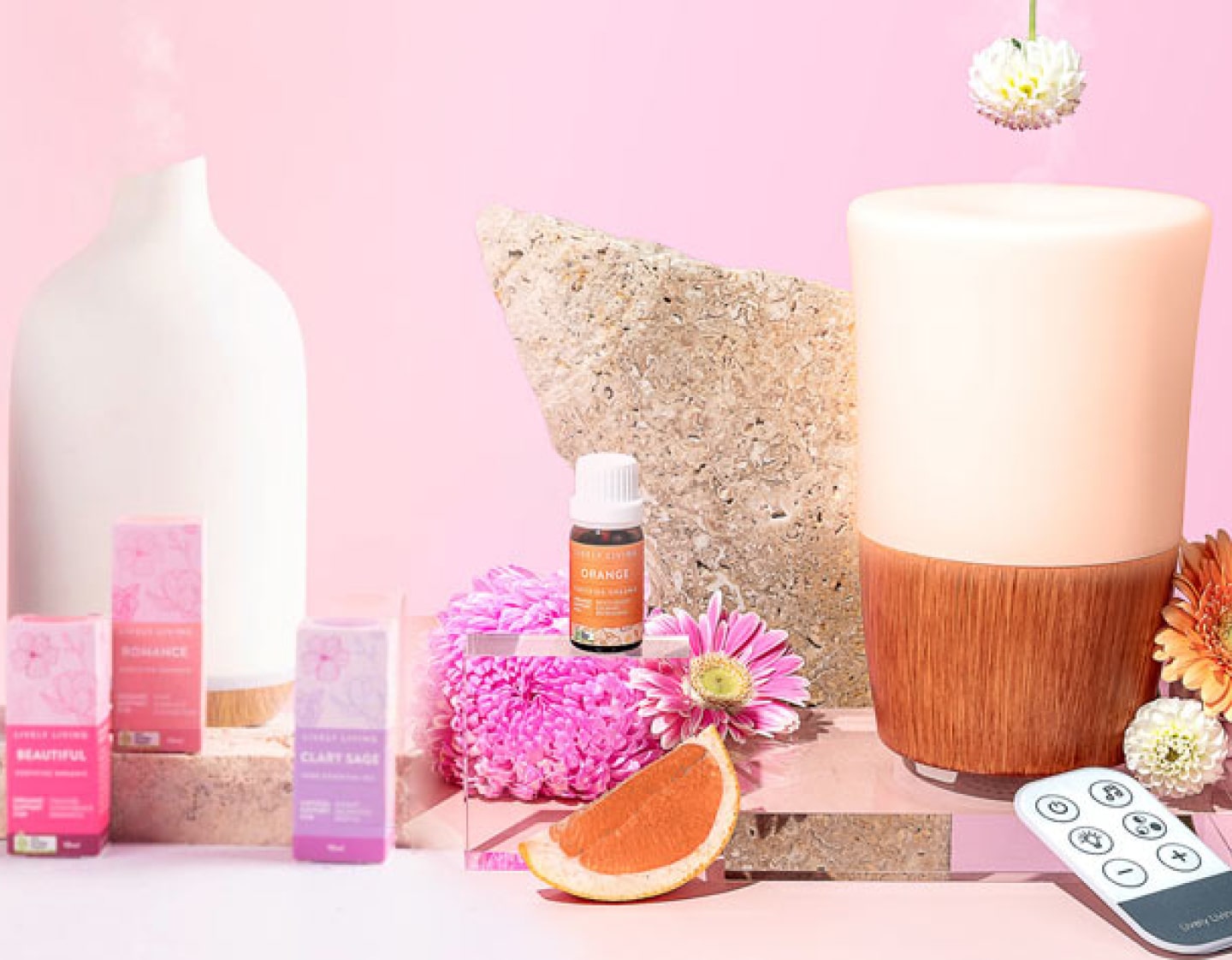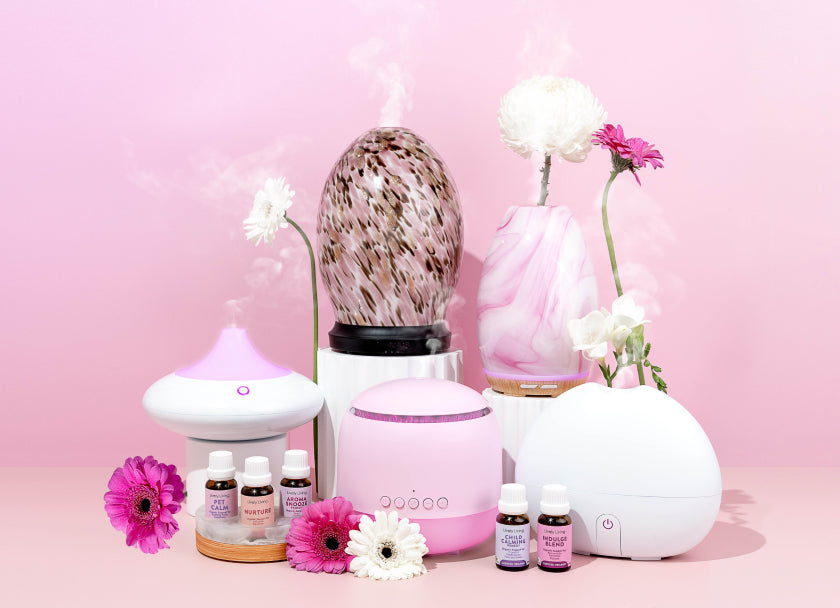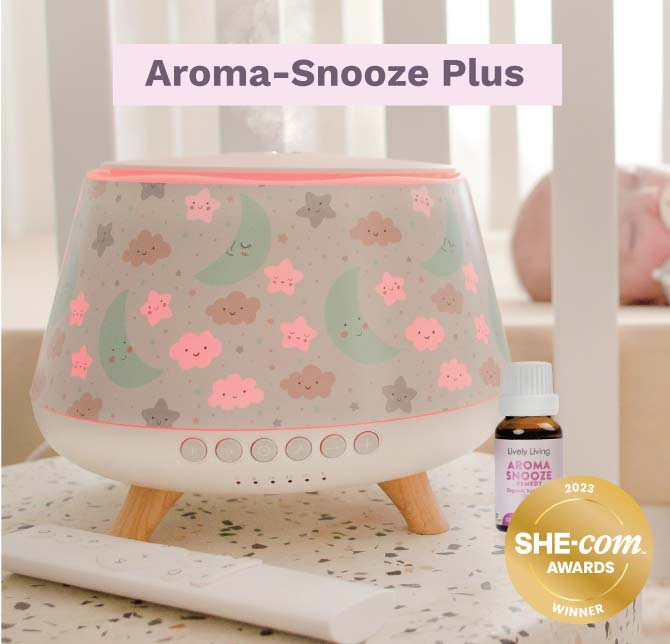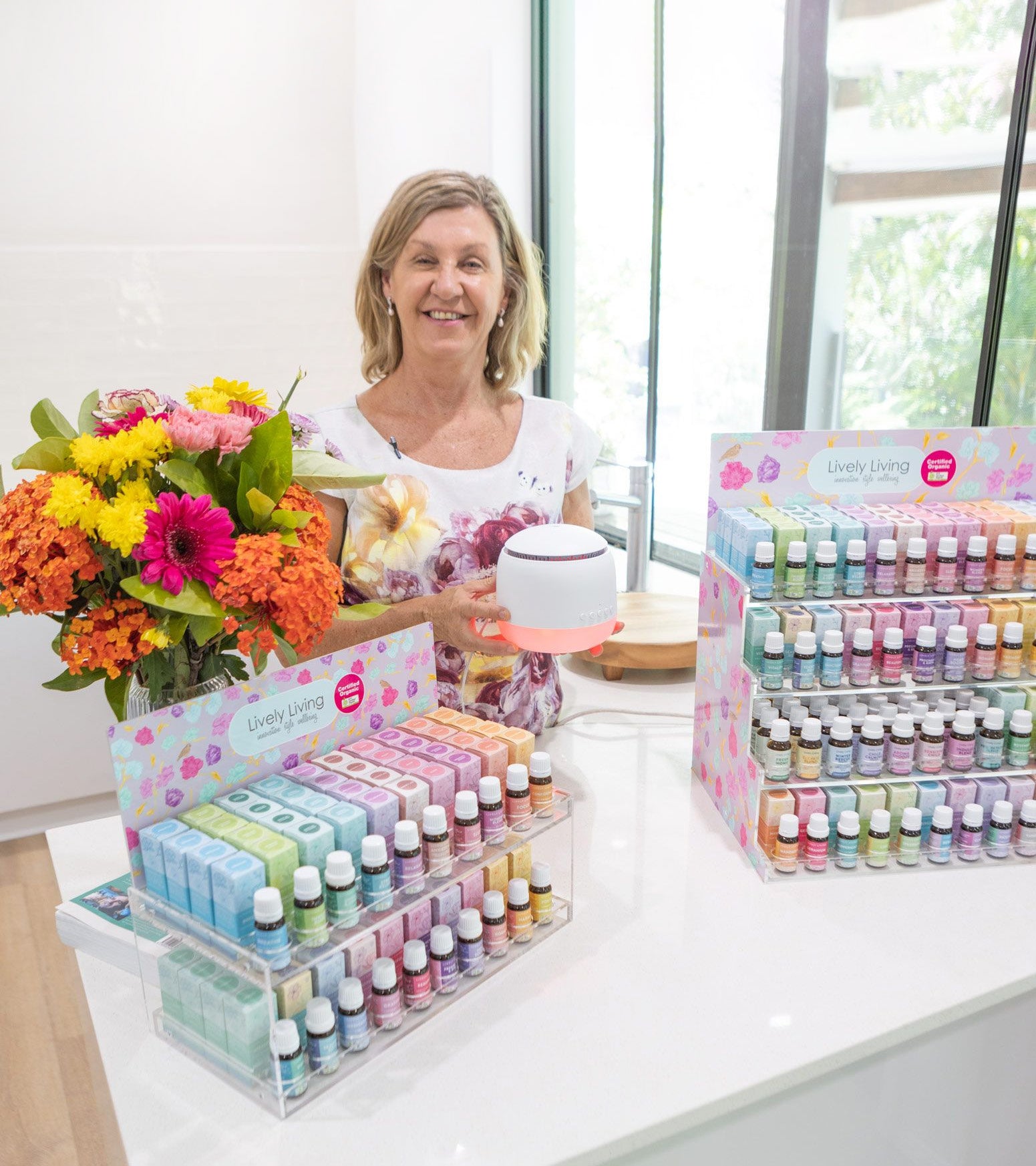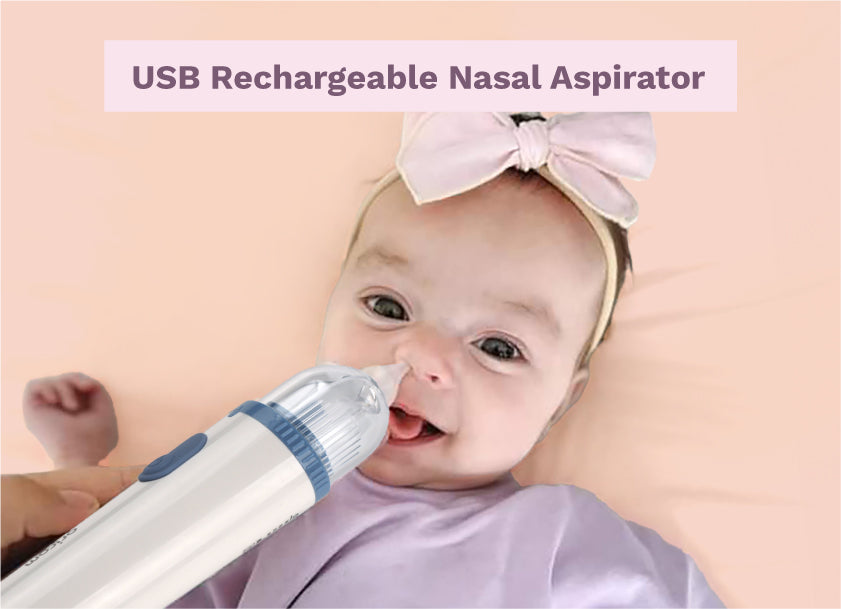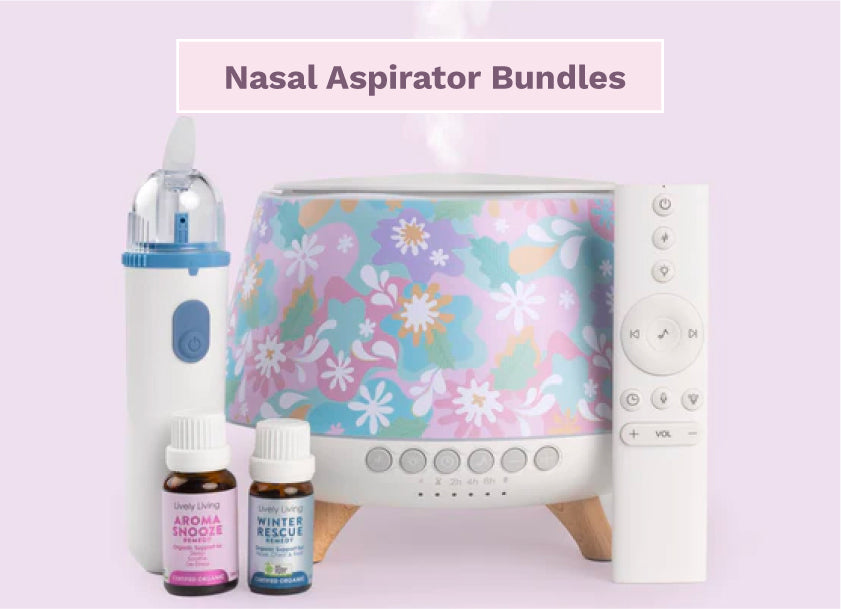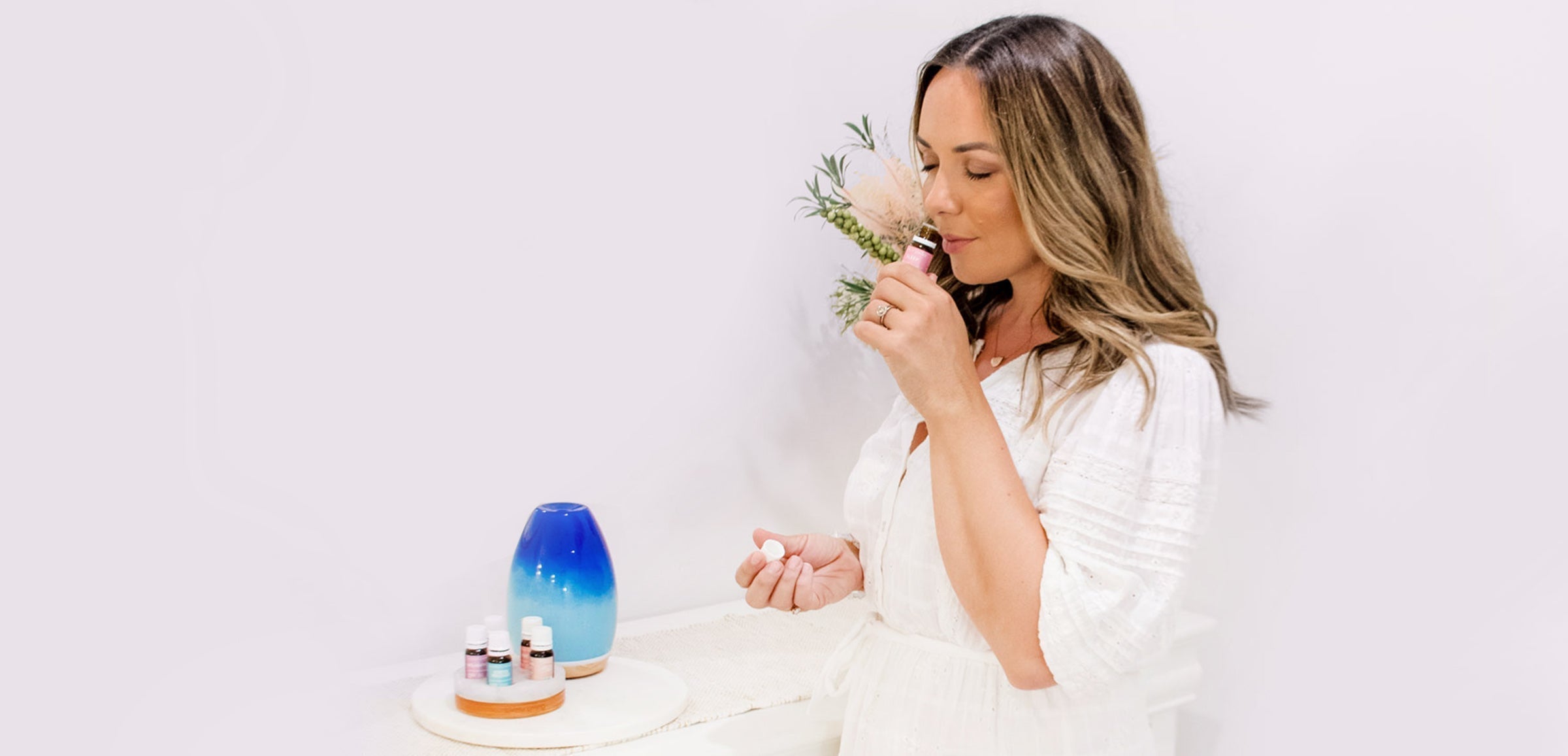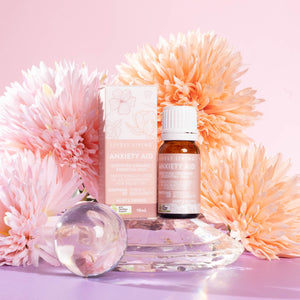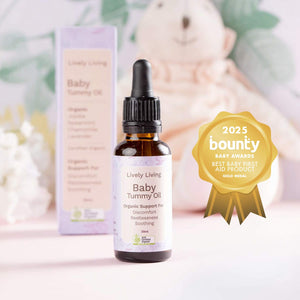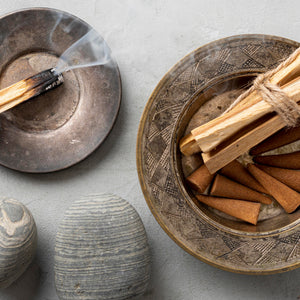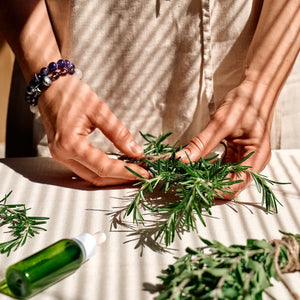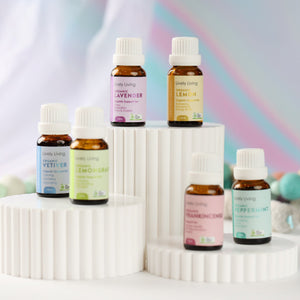Make Your Own Perfume: A Guide to Crafting Signature Scents
Have you ever sniffed a perfume and thought, This is nice, but not quite me? Maybe you're tired of department store fragrances potentially filled with mystery chemicals. Learning how to make your own perfume opens up a personalized path of scent creation right in your home.
It might sound fancy, maybe even a little involved. But creating a scent that speaks to you is often easier than you think. This guide will walk you through everything needed to start your journey and make your own perfume.
Table of Contents:
- Why Bother Making Your Own Scent?
- Understanding Perfume Structure: The Notes
- Gathering Your Supplies: What You Need
-
How to Make Your Own Perfume: A Simple Guide
- Safety First: Working with Essential Oils
- Refining Your Signature Scent
- Beyond Basic Blending
- The Joy of Personalized Fragrance
- Conclusion
Why Bother Making Your Own Scent?
Store-bought perfumes can be lovely, but they often come with hefty price tags compared to making your own. They also frequently contain synthetic ingredients that some people prefer to avoid for personal or health reasons. Going the DIY route gives you complete control over your fragrance.
You choose exactly what goes into your bottle, guiding the entire perfume creation process. This means you can stick to natural perfume ingredients like essential oils and plant-based carrier oils. You can adjust the scent perfectly to your personality, mood, or even the season.
Creating custom perfumes also makes for thoughtful, personalized gifts. Imagine gifting a friend a scent you designed specifically for them. It's a far cry from a generic bottle off the shelf and shows genuine consideration.
Understanding Perfume Structure: The Notes
Think of perfume like music, composed of different fragrance notes that harmonize. These notes evaporate at different rates, giving the perfume its evolving character over time. This structure is fundamental to scent design.
Professional perfumers always work with this layered structure. Understanding it helps you build a balanced and lasting fragrance, achieving the perfect balance. There are three main types of notes: top, middle (heart), and base.
Top Notes: The First Impression
Top notes are what you smell immediately upon applying perfume. They are usually light, fresh, and volatile, evaporating relatively quickly, typically within 15-30 minutes. Their job is to grab your attention and provide the initial sparkle.
Common top notes include bright citrus oils like lemon, bergamot, sweet orange, and grapefruit. Light herbal scents such as lavender, peppermint, or eucalyptus also fit here. They provide that initial burst of aroma that defines the opening of the perfume experience.
Middle Notes: The Heart of the Perfume
Once the fleeting top notes begin to fade, the middle notes emerge. These are often called the heart notes because they form the core character of the perfume. They last longer than top notes, typically for a few hours.
Middle notes should be well-rounded and form the main theme of the scent. Lush florals like rose, jasmine, neroli, and ylang-ylang are popular choices here. Spicier or greener scents like cinnamon, cardamom, nutmeg, geranium, or clary sage also work effectively as heart notes, adding complexity.
These notes bridge the gap between the bright opening and the deep dry-down. They give the perfume its body and personality. Choosing harmonious middle notes is critical for a smooth transition.
Base Notes: The Foundation
Base notes are the rich, deep scents that anchor the fragrance and linger the longest. They provide depth, warmth, and act as fixatives, slowing the evaporation of the lighter top and middle notes. You might detect base notes for many hours, even after the other notes have faded.
These notes are often heavy, tenacious, and warm. Think of resonant woods like sandalwood, cedarwood, or vetiver. Resins like frankincense, myrrh, or benzoin, and sweet, comforting scents like vanilla, tonka bean, or patchouli are common base notes.
They provide the lasting impression and memory of the fragrance. Without a solid base, a perfume can feel shallow or disappear too quickly. They are essential for longevity and depth.
A commonly suggested starting ratio for beginners learning perfume making is approximately 30% top notes, 50% middle notes, and 20% base notes in the essential oil blend. However, this is just a guideline. Feel free to experiment and adjust proportions as you develop your own style and preferences.
| Note Type | Characteristics | Evaporation Rate | Common Examples |
|---|---|---|---|
| Top Notes | Light, fresh, bright, volatile | Fast (15-30 minutes) | Lemon, Bergamot, Grapefruit, Orange, Lavender, Mint, Eucalyptus |
| Middle Notes (Heart) | Rounded, main body, harmonious | Medium (2-4 hours) | Rose, Jasmine, Ylang Ylang, Geranium, Neroli, Cinnamon, Nutmeg, Clary Sage |
| Base Notes | Deep, rich, heavy, fixative | Slow (4+ hours) | Sandalwood, Cedarwood, Vetiver, Patchouli, Vanilla, Frankincense, Myrrh, Benzoin |
Gathering Your Supplies: What You Need
Before you create perfume, you'll need a few basic items. You don't need an elaborate laboratory setup. Just some simple tools and ingredients will get you started on your perfume creation journey.
Essential Oils
These natural aromatic extracts are the soul of your perfume. Choose high-quality, 100% pure essential oils or absolutes for the finest fragrances. Start with a manageable collection featuring oils from each note category (top, middle, base).
Consider the source and extraction method (steam distilled, cold-pressed, CO2 extracted, absolutes). Each can yield slightly different scent profiles. Good starter oils might include: Lemon (top), Lavender (top/middle), Rose Absolute or Geranium (middle), Ylang Ylang (middle), Cedarwood Atlas or Sandalwood (base), and Vanilla Absolute or Benzoin (base). Most importantly, choose scents you genuinely enjoy sniffing.
Explore a wide range of single notes before blending. Understanding each oil individually helps in predicting how they might combine. Look for reputable suppliers who provide information about the oil's origin and purity.
Carrier Oil or Alcohol
Essential oils are highly concentrated and need dilution before being applied safely to the skin. You generally make either oil-based or alcohol-based perfumes. Each type offers a different texture, projection (how far the scent travels), and longevity.
For oil-based perfumes (often in roller bottles), select a light, neutral-smelling carrier oil. Jojoba oil is an excellent choice; its chemical structure closely resembles human skin's natural sebum, it absorbs well, and has a very long shelf life. Fractionated coconut oil (liquid, odorless) or sweet almond oil are other popular options for their light feel.
For alcohol-based spray perfumes, you'll need high-proof, clear alcohol. Perfumer's alcohol (denatured ethanol) is specifically designed for this and is the professional standard, often containing fixatives. If unavailable, high-proof, unflavored vodka (at least 100 proof / 50% ABV) or grain alcohol can be used as a substitute, though results may vary slightly.
Dark Glass Bottles
Essential oils are sensitive to light and heat, which can degrade their quality and shorten their lifespan. Always store your blends and finished perfumes in dark amber or cobalt blue glass bottles. Small roller bottles (typically 5ml or 10ml) are perfect for oil-based perfumes.
Small glass atomizers or spray bottles (ranging from 10ml to 50ml) work well for alcohol-based perfumes. Make certain they have tightly sealing caps or spray mechanisms to prevent evaporation and leakage.
Droppers or Pipettes
Precision is valuable when measuring drops of potent essential oils. Glass droppers with rubber bulbs or disposable plastic pipettes work well. It's best practice to use a separate dropper or pipette for each essential oil to avoid cross-contaminating your precious oils.
Small Funnel (Optional but Recommended)
A small funnel, preferably stainless steel or glass, can make transferring your carrier oil or alcohol into narrow-necked perfume bottles much easier and cleaner. This helps prevent spills and waste.
Labels and Notebook
This is indispensable. Always create a custom label for your creations, noting the name of the scent, the date it was made, and potentially the key ingredients or concentration. Keep a dedicated notebook or digital file to meticulously record your recipes, including the exact number of drops of each oil, the type and amount of carrier, observations during maturation, and final thoughts.
This documentation helps you replicate successful blends, learn from experiments that didn't meet expectations, and track the evolution of your scent design skills. It's your personal perfumers guide.
How to Make Your Own Perfume: A Simple Guide
Ready to blend and create magic? Here's a basic process for creating a simple oil-based custom perfume. Alcohol-based perfumes follow similar steps initially but involve mixing essential oils with alcohol first, allowing that blend to mature, and then potentially diluting further with distilled water before final bottling.
- Choose Your Notes: Select the essential oils for your top, middle, and base notes based on the scent profile you desire. Recall the general 30-50-20 ratio (Top-Middle-Base) as a starting point for balance. Are you aiming for floral, woody, citrusy, spicy, or something else entirely?
- Start with Base Notes: In your clean, empty dark glass perfume bottle, carefully add the predetermined drops of your chosen base note essential oils first. These heavier, tenacious molecules form the foundation.
- Add Middle Notes: Next, carefully add the drops for your middle (heart) notes. These oils constitute the core character of your fragrance. Swirl the bottle gently after adding each different oil to start the blending process.
- Add Top Notes: Finally, add the drops for your light, volatile top notes. These provide the initial impression and brightness. Be precise, as top notes can sometimes dominate if overused.
- Mix the Essential Oils: Cap the bottle tightly. Gently roll it upright between your palms for a minute or two. This helps blend the essential oils thoroughly without incorporating too much air, which vigorous shaking might do.
- Add the Carrier Oil: Once the essential oils seem well combined, carefully use your funnel (if needed) to top off the bottle with your chosen carrier oil (e.g., jojoba, fractionated coconut). Leave a small amount of headspace at the top so you can easily insert the rollerball fitment or screw on the cap without overflow.
- Blend Again: Secure the cap or rollerball fitment. Gently roll the bottle between your hands again for another minute to disperse the essential oil blend evenly throughout the carrier oil.
- Let it Mature (Crucial Step.): Patience here is vital. Like aging wine, your perfume needs time to mature, also known as maceration. During this period, the different molecules interact, meld, and harmonize, often resulting in a smoother, more complex scent than the initial blend. Store your bottle in a cool, dark place (like a drawer or cupboard) for at least 48 hours, but ideally for 2 to 6 weeks for the best results. The aroma will likely change and deepen significantly over this time; sniff it periodically (perhaps weekly) to observe its evolution.
- Test and Adjust: After the designated maturing period, test your natural perfume creation. Apply a small amount to a pulse point (like your wrist or inner elbow) and smell it immediately, then again after 15 minutes, an hour, and several hours later to experience the full progression of notes. If you feel it needs adjustment (e.g., more base presence, brighter top), you can carefully add another drop or two of a specific oil, re-blend, and let it mature further. Remember to document any adjustments in your notebook.
- Label and Enjoy: Once you are happy with your one-of-a-kind fragrance, make sure it has a clear custom label. Include the name you've chosen for your scent and the date it reached its final form. Now you can fully enjoy wearing your personal creation or share it with others.
Simple Scent Combination Ideas
Feeling a bit unsure where to begin your perfume creation journey? Here are a few simple combinations spanning different scent families to inspire you. Remember, these are just starting points; feel free to substitute oils or adjust drop ratios.
- Citrus Fresh: Bergamot (Top - 6 drops), Neroli (Middle - 10 drops), Vetiver (Base - 4 drops). A bright, uplifting, and slightly earthy blend.
- Warm Floral: Sweet Orange (Top - 5 drops), Ylang Ylang (Middle - 10 drops), Sandalwood (Base - 5 drops). A comforting, sweet, and subtly exotic floral.
- Earthy Woods: Grapefruit (Top - 7 drops), Geranium (Middle - 8 drops), Cedarwood Atlas (Base - 3 drops), Frankincense (Base - 2 drops). Grounding, balancing, and slightly herbaceous.
- Sweet Spice: Mandarin (Top - 6 drops), Clove Bud (Middle - 7 drops - use cautiously.), Vanilla Absolute (Base - 5 drops), Patchouli (Base - 2 drops). Warm, cozy, and slightly mysterious.
- Herbaceous Green: Peppermint (Top - 4 drops), Rosemary (Middle - 10 drops), Cypress (Base - 6 drops). Crisp, clean, invigorating, and resinous.
Experimenting is part of the fun. Perhaps you might attend making workshops or even private workshops if available in your area to learn blending techniques from experts. Many find these hands-on experiences accelerate their learning curve.
Safety First: Working with Essential Oils
While essential oils are derived from plants, they are highly concentrated botanical extracts. Following safety precautions is important when you make your own perfume to avoid adverse reactions.
Always dilute essential oils properly in a carrier oil or alcohol before applying them directly to your skin. Using undiluted essential oils can cause skin irritation, sensitization (developing an allergy over time), or other reactions. Always perform a patch test before using your newly created perfume extensively.
Be aware of photosensitivity with certain oils, particularly cold-pressed citrus oils like Bergamot, Lemon, Lime, and Grapefruit. Work in a well-ventilated area, especially when working with alcohol or blending larger quantities. Keep essential oils and finished perfumes well out of reach of children and pets, as ingestion can be dangerous.
Refining Your Signature Scent
Your first attempt at perfume making might not result in the perfect signature fragrance immediately, and that's perfectly normal. Creating perfume is an art form that benefits from patience, practice, and experimentation. This is where your detailed notebook becomes invaluable.
Write down precisely how many drops of each essential oil you used. Note your initial impressions of the blend right after mixing, and record how the scent changed after one day, one week, and several weeks of maturation. What aspects did you like? What would you modify next time? Was the longevity sufficient?
Don't be hesitant to make small, incremental adjustments. Adding just one extra drop of a potent base note or a slightly different middle note can significantly alter the final aroma and character.
Pay attention to olfactory fatigue – your nose can become desensitized after smelling several scents in succession. Take breaks, step outside for fresh air, or sniff coffee beans (a common practice in a perfume house) to reset your sense of smell between evaluating different blends or oils.
Consider exploring different perfume formats too. Solid perfumes, typically made with beeswax or vegan wax, carrier oils, and essential oils, offer a different, more intimate application experience and are great for travel. Crafting these requires slightly different techniques but uses the same principles of scent design.
The more you practice blending and critically evaluating your creations, the better your intuition will become.
Beyond Basic Blending
Once you feel comfortable with the basics of blending essential oils in a carrier, there are many avenues for further exploration in custom perfume creation. You might investigate different types of botanical extracts beyond common essential oils, such as CO2 extracts or absolutes, which can offer unique scent profiles (like realistic coffee or hay scents).
For the truly adventurous, you could explore traditional techniques like creating your own botanical tinctures (infusing plant materials like vanilla beans or spices in alcohol) or even the historic method of enfleurage (capturing delicate floral scents in fat). These methods require more time and dedication but offer a deeper connection to the raw materials. Some perfume workshops delve into these advanced topics.
You might also learn about the aroma chemicals (synthetics and isolates) used extensively in commercial perfumery. While many DIYers prefer an all-natural approach, understanding these components can provide insight into how complex, modern finest fragrances, including those inspired by French luxury, are constructed and achieve specific effects or longevity. Reading books by established perfumers or reliable online resources can expand your knowledge base considerably.
Consider the potential mood effects of essential oils if aromatherapy interests you. You can intentionally design a custom perfume that smells wonderful and also promotes relaxation, focus, or upliftment. Always cross-reference with reliable aromatherapy safety guides when creating blends intended for therapeutic purposes.
Your skills can also extend to other scented crafts. The principles of blending apply equally well to creating custom scents for homemade soaps, lotions, candles (candle making workshops are popular), or even a reed diffuser blend for your home. It's a versatile and rewarding skill set.
The Joy of Personalized Fragrance
Creating your own perfume is more than just mixing oils; it's a journey of sensory discovery. It connects you more intimately with the scents of the natural world and your own preferences. You move beyond mass-marketed fragrances to craft something personal and meaningful.
You develop a practical skill that allows you to create custom gifts, personalize your living space through scent, and express your individuality in a subtle yet profound way. It encourages mindfulness, patience, and creativity. Plus, the satisfaction of wearing a beautiful natural perfume you made yourself, knowing exactly what ingredients are on your skin, is deeply rewarding.
You create magic in a bottle, a scent story only you can tell. This perfume experience is truly about crafting your one-of-a-kind fragrance.
Conclusion
Crafting scents that capture your personal essence is a wonderfully rewarding activity. Embarking on the path to make your own perfume might seem intricate initially, but it's quite accessible with foundational knowledge and simple tools. By understanding fragrance notes, gathering quality supplies, following methodical steps, and embracing the perfume making process, you can blend beautiful, natural fragrances at home.
Remember the importance of safety precautions when handling essential oils and the necessity of patience during the maturation phase. Keep detailed notes of your perfume creation experiments, learn from each blend, and don't hesitate to refine your formulas until they resonate perfectly with you. The journey to make your own perfume is deeply personal and creatively fulfilling, culminating in signature scents that are authentically yours.

